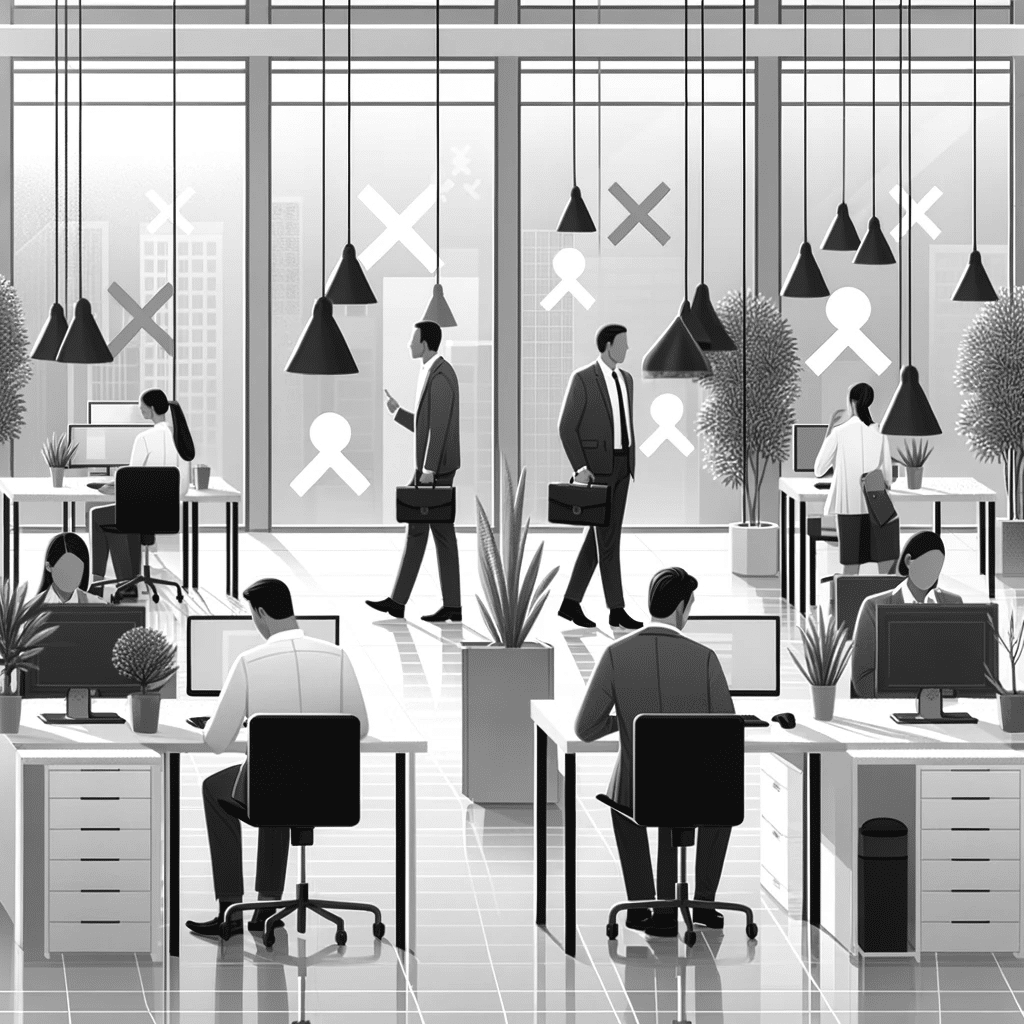Imagine sifting through your everyday interactions at work—the passing comments, the brief exchanges, and the subtle non-verbal cues.
Could it be possible that some of these moments carry more weight than you might think?
Invisible and insidious, micro inequities are the small, often unconscious, instances of discrimination that collectively contribute to a larger inequality narrative. These subtle snubs or dismissive gestures may seem insignificant in isolation, but over time, they can profoundly impact individuals and organisational culture.
Understanding Micro Inequities
What are micro inequities, exactly? At their core, micro inequities are tiny, often repeated messages that can devalue, discourage, and ultimately impair performance in the workplace. They may manifest as overlooked contributions during meetings, frequent interruptions, or offhand remarks that seem innocuous but carry an undertone of prejudice. Systemic discrimination and unconscious bias awareness are key aspects of comprehending the full scope and impact of these subtle discriminatory practices.
- Incidence Rates: Research indicates that a staggering number of employees experience microagression at some point in their careers. The McKinsey report states that women, especially those with marginalised identities, experience microaggressions at significantly higher rates. While it does not provide the exact percentage, it notes that women are much more likely to experience such instances and that certain groups, like Asian and Black women, are even more affected with microaggressions at work.
- Impact on Performance: According to Teambuilding’s findings, teams that report higher levels of micro inequities display a significant decrease in performance metrics.
Examples of Micro Inequities
To bring the concept to life, let’s look at a few case studies. John, a seasoned employee at a corporation, notices that his ideas are often ignored unless repeated by a colleague. Meanwhile, Sarah, a person of colour, observes that her accomplishments are frequently attributed to ‘diversity hires’ rather than her merit. These examples illustrate how they can erode self-esteem and perpetuate a cycle of under-recognition and underperformance.
Actionable tips:
- Be vigilant in meetings. Make room for every voice and acknowledge each contribution.
- Pay attention to language that may subtly undermine specific individuals or groups.
- Implement structured processes for recognition and feedback
- Encourage and train for active listening
Addressing and Overcoming Micro Inequities
So, what can be done to combat them within organisations? Strategies include implementing bias training, fostering open dialogues about diversity and inclusion, and promoting a culture of recognition where all contributions are valued. By taking these steps, leaders can help create an environment where micro inequities are recognised and addressed and where all employees feel valued.
Expert opinions suggest that transformative change begins with self-awareness and purposeful shifts in behaviours. A commitment to inclusivity must be made not only at the organisational level but also on an individual basis.
By taking action against these everyday slights, we can collectively pave the way for a more equitable workplace. Remember: change starts with the small moments.
A commitment to allyship and activism is vital in effectuating meaningful change.

Prevention Tactics in Targeting Micro Inequities
How do workplaces preempt inequities before they become part of the company culture? Prevention is key and starts with the hiring process and culture indoctrination. Investing in diversity and sensitivity training, promoting awareness of unconscious bias, and encouraging open communication channels are vital steps in preventing these behaviours from taking root.
Tips for prevention:
- Diversity and sensitivity training should be mandatory and ongoing.
- Establish clear policies that define acceptable behaviour and the consequences of micro inequities.
- Encourage employees to speak up against microaggressions without fear of retaliation.
The Legal Implications
Micro inequities can also carry legal repercussions for employers. Although they may not be as overt as macro aggressions or formal types of discrimination, repetitive micro inequities can contribute to a hostile work environment or be indicative of systemic discrimination. Understanding the potential legal implications underscores why it’s imperative for employers to actively address and rectify these behaviours.
Important legal points:
- Hostile work environment: Consistent micro inequities may violate employee rights under anti-discrimination laws.
- Constructive discharge: An employee may claim that inequities made the workplace so intolerable that they had no choice but to resign.
- Liability and lawsuits: Organizations can face lawsuits and significant financial penalties if found guilty of perpetuating a discriminatory workplace.
The Role of Leadership in Addressing Micro Inequities
Leadership must spearhead the charge in combating workplace micro inequities. This starts with setting the tone from the top and ensuring that managers and supervisors are not only aware of what micro inequities are but also trained in how to address them.
Leadership strategies:
- Model inclusive behaviour and zero tolerance for discrimination or bias.
- Regularly review company policies and procedures to ensure they promote inclusivity.
- Provide platforms for employees to share their experiences and suggest improvements.
Beyond the Workplace: Micro Inequities in Society
Micro inequities aren’t restricted to the workplace; they permeate all facets of society. It’s crucial to understand this broader context, as the norms we experience socially are often translated into professional environments. By addressing societal micro inequities, we can affect greater change within workplaces and communities alike.
Broader impacts:
- Education and outreach within communities can help inform and change societal attitudes.
- Media representations and public discourse can either perpetuate or challenge micro inequities.
- Allyship and activism play a role in catalysing societal change.
Cultivating a Micro Inequity-Aware Culture
The journey towards eliminating micro inequities requires continuous effort, education, and commitment. We can all contribute to a more equitable society by cultivating an awareness of the subtle biases that pervade our everyday interactions.
Let’s strive for a future where everyone, regardless of their background, feels respected, valued, and empowered. What steps will you take to challenge micro inequities within your sphere of influence?





